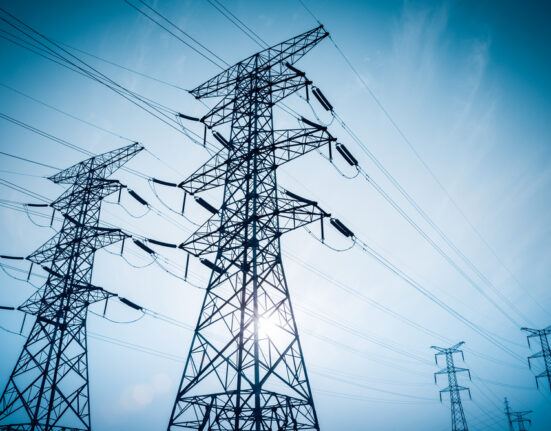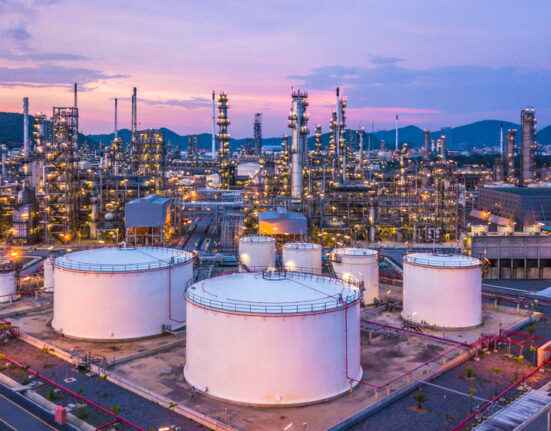Red Sea Hydrocarbon Outlook: Frontier Exploration Opportunities
Dr. Mohamed Basyouni Anwar
Global Geological Strategist & Senior Exploration Geoscientist
Writer and Researcher in Oil & Gas Exploration Across the Middle East & North Africa
Hydrocarbon Exploration Across the Red Sea Basin
The Red Sea Basin is one of the least explored rift systems globally. Limited well control, sparse data, and seismic challenges particularly affect the Northern Egyptian sector, yet existing wells have revealed active petroleum systems across the basin.
Key Exploration Challenges:
• Complex Miocene salt tectonics and structural deformation.
• Deep-water bathymetry with limited subsurface control.
• Rotational fault blocks complicating seismic imaging and interpretation.
Regional Highlights by Country
Saudi Red Sea
Saudi Aramco’s deep-water program (since 2012) delivered major discoveries:
• Shaur, Umm Ramil (gas), Aslaf (oil), Al-Haryd (2013).
• Midyan Basin gas (~10 MMCF/d) and hydrocarbon shows confirm a working deep-water petroleum system.
Eritrean Red Sea
Wells (J-1, MN-1, C-1, Secca Fawn-1) identified gas and oil shows in Amber salt-related dolomites and shales.
• C-1 recorded a 55-day gas blowout at 3010 m, confirming an active salt-influenced system.
Sudanese Red Sea
Exploration wells (Bashayer-1A, South Suakin-1, Digna-1, Marafit-1) confirmed Miocene-sourced hydrocarbons within the Rudeis, Kareem, and Belayim formations.
• Base Zeit, Rudeis, and Kareem shales contain Type II kerogen, similar to the Gulf of Suez petroleum system.
Yemeni Red Sea
In the Tihamah Basin, Pliocene Abbas shales (TOC >1%, HI 96–234 mg HC/g TOC) suggest Type II–III source rocks.
• Deeper pre-rift successions (e.g., Mansiyah-1, Zaydia-1) indicate oil-prone potential, though immature at current depth.
Egyptian Red Sea
• Ras Abou Soma-1 encountered 230 m of Nubia sandstone.
• Offshore wells (Quseir-B1X, RSOX-94-1) recorded hydrocarbon shows in Cretaceous and Nubia-type reservoirs.
• Significant potential remains in structural and stratigraphic traps within hanging blocks.
Exploration Potential & Opportunities
• Multi-phase petroleum systems ranging from Cretaceous–Miocene.
• Miocene carbonates and salt sequences acting as both reservoirs and seals.
• Extensive pre-rift Nubian sandstones with excellent reservoir quality.
• Deep-water frontier plays remain largely untested, particularly in northern Egypt and Saudi offshore sectors.
Conclusion
The Red Sea Basin offers a high-potential frontier for hydrocarbon exploration. Across Saudi Arabia, Eritrea, Sudan, Yemen, and Egypt, existing discoveries confirm mature source rocks, high-quality reservoirs, and working petroleum systems.
With modern deep-water drilling technologies and advanced seismic imaging, the region is poised for new exploration breakthroughs in the MENA hydrocarbon landscape.
……
Follow for more insights on upstream geology, petroleum systems, and frontier exploration opportunities.
Contact for collaboration, discussion, or consultancy in oil & gas exploration:
📧 mhmdbasyouni@gmail.com |
🔗 LinkedIn: linkedin.com/in/mhmdbasyouni










